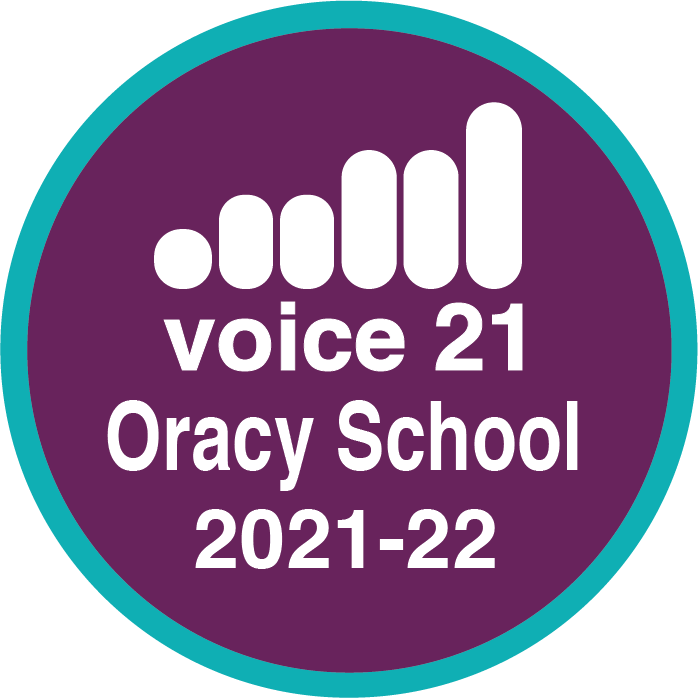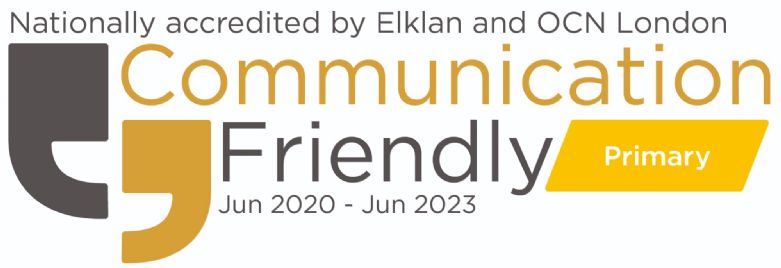Humanities Curriculum Organisation
Curriculum Organisation
History and Geography will be planned, taught and assessed in accordance with the Kapow and Geography framework whilst having regard for the statutory and non-statutory guidance with the National Curriculum (2014) which outlines the aims and objectives for Key Stage 1 and Key Stage 2.
The EYFS framework is structured very differently to the national curriculum as it is organised across seven areas of learning rather than subject areas.
The most relevant statements for geography are taken from the following areas of learning:
-
Mathematics
-
Understanding the World
The most relevant statements for history are taken from the following area of learning:
-
Understanding the World
Subject planning for History and Geography has three phases:
-
Whole school: this ensures continuity and progression within the subject and ensures that there is no unnecessary duplication or omission
-
Year Group: this ensures that classes within the same year group cover the same areas aiming for the same objectives
-
Class: this allows the teacher to interpret the learning objective in their own way and deliver the lesson in an interesting way for their class, taking into account abilities and needs within the class
Below is the grid outlining topics for each year group taught at Southfields.
Humanities
Time Allocation
An hour of Humanities is allocated to all year groups per week. Geography and History are part of a carousel which rotates thereby providing continuity in the subject and assists in the coverage and completion of the units.
Teaching and Learning Strategies
A variety of teaching methods are used to deliver History and Geography.
These include:
-
Whole class teaching (for acquiring knowledge)
-
Small group work (for investigating and discussing)
-
Role Play and Oracy activities (for developing understanding and empathy)
Opportunities for first-hand experiences will be offered where possible. These include:
-
Fieldwork
-
Visits to museums and other sites
-
Visits from people with specialist knowledge
-
Investigating artefacts
-
Television
-
Audio
-
Drama
-
Oracy
-
Utilising new and existing equipment and resources, Victorian classroom, Tudor House, Anderson Shelter
Activities the children are likely to be involved in are:
-
Investigations
-
Gathering, recording and analysing information
-
Discussion and debate
-
Question and answer
-
Writing
-
Drama/Role-play (including dressing up and getting into character)
-
Presentation of findings
Resources
Resources are organised into boxes which are currently located in the resource cupboard in Key Stage 2. The boxes include resources such as:
-
Pictures
-
Photographs
-
Stories
-
Reference books
-
Artefacts
-
Games
-
Teacher resources books
-
Newspapers
-
DVDs
-
Recorded television programmes and accompanying teacher notes.
Other Resources:
-
Websites
-
Our own Victorian Classroom
-
Our own Tudor House
-
Our own Anderson Shelter
-
Our own Historical Outfits
-
Our own Orienteering Course (both permeant and moveable with cross-curricular links)
Contribution to other areas of the Curriculum
History and Geography teaching can be used to enrich and be enriched by other areas of the curriculum such as:
-
Maths: looking at past number systems, chronological dates.
-
English: previous languages, communicating historical learning and understanding through reading, writing and speaking.
-
Computing: the Internet provides a rich source of information on the periods studied and also allows children to build the understanding and empathy for different periods through games and simulations. Computing also offers the children different ways of presenting their findings from historical research.
-
PE: looking at past exercise regimes and dances(e.g. Egyptian dance)
-
Music: looking at the development of music throughout the times, instruments played during the time period being studied.
-
Art: Changes in artistic style and fashions, famous artists throughout History.
Health and Safety
The general teaching requirement for health and safety applies in this subject. All teachers will plan their work with the safety of the pupils in mind.
Risk Assessment
Regular checks and risk assessments are reviewed by all teachers, as well as a continuous risk assessment which is carried out every day.
Annual safety checks are carried out on all electrical equipment and if a potential hazard is identified it is immediately taken out of use.
Equal Opportunities
All children will be given equal access to History and Geography irrespective of race, gender, creed, level of ability or nationality. When planning and teaching History and Geography teachers will consider:
-
Setting suitable learning challenges
-
Responding to pupils' diverse needs
-
Overcoming potential barriers to learning and assessment for individuals and groups of pupils



















